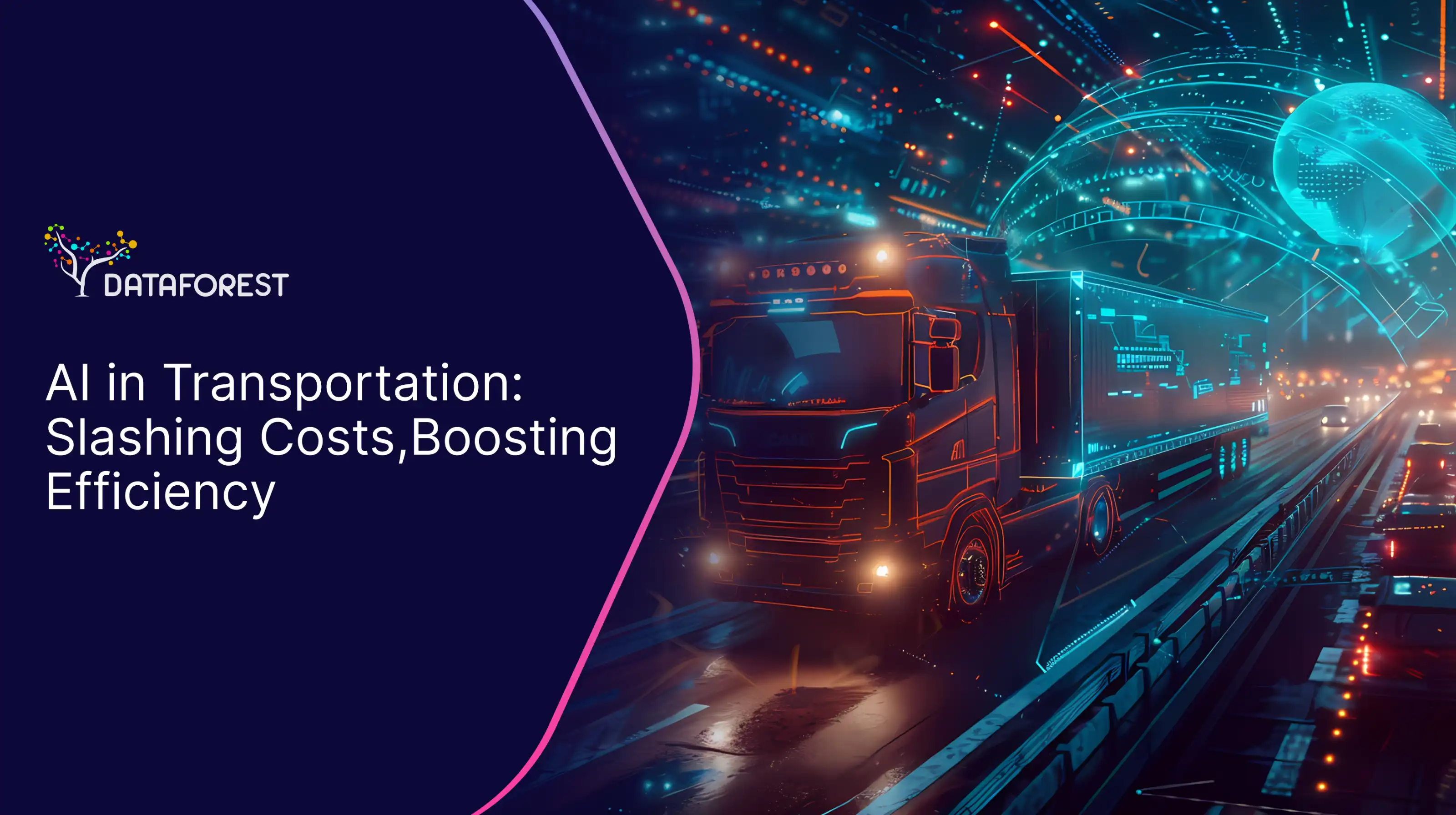Share
Table of contents:

Cross-entropy loss, often referred to simply as cross-entropy, is a widely used loss function in machine learning and statistics, particularly in classification tasks. It quantifies the difference between two probability distributions: the true distribution of labels (the actual values) and the predicted distribution of labels produced by a model. This metric is especially critical in tasks involving neural networks, logistic regression, and other models that output probabilities.
Definition and Mathematical Formulation
In the context of binary classification, where the target variable can take one of two values (0 or 1), the cross-entropy loss can be mathematically expressed as:
Loss = - (1/n) * Σ [y_i * log(p_i) + (1 - y_i) * log(1 - p_i)]
In this equation:
- n represents the total number of samples.
- y_i is the true label of the i-th sample, which is either 0 or 1.
- p_i is the predicted probability that the i-th sample belongs to class 1.
- log denotes the natural logarithm.
- Σ denotes the summation over all samples.
For multi-class classification, where there are K possible classes, the cross-entropy loss is generalized as follows:
Loss = - (1/n) * Σ Σ [y_ij * log(p_ij)]
In this equation:
- K is the number of classes.
- y_ij is a binary indicator (0 or 1) of whether class label j is the correct classification for sample i.
- p_ij is the predicted probability that sample i belongs to class j.
Characteristics
- Probabilistic Interpretation:
Cross-entropy loss operates on the principle of comparing predicted probability distributions to the true distributions. It is derived from the concept of Kullback-Leibler (KL) divergence, which measures how one probability distribution diverges from a second expected probability distribution. When the predicted probability distributions match the true distributions, the cross-entropy loss is minimized, indicating a well-performing model.
- Sensitivity to Class Imbalance:
Cross-entropy loss is sensitive to the distribution of classes within the dataset. In cases of class imbalance, where one class may be significantly underrepresented compared to another, the loss can become misleading. Techniques such as weighted cross-entropy can be employed to mitigate this issue by assigning different weights to different classes.
- Differentiability:
The cross-entropy loss function is differentiable, which is essential for optimization algorithms like gradient descent used in training machine learning models. This property allows for the computation of gradients, enabling the model to adjust its parameters to minimize the loss during training effectively.
- Non-Negativity:
Cross-entropy loss is always non-negative and approaches zero as the model's predictions converge to the true distributions. The loss is minimized when the predicted probabilities accurately reflect the true labels, making it a suitable objective function for various classification tasks.
Cross-entropy loss is predominantly used in supervised learning scenarios, particularly for classification tasks. It serves as the primary loss function for many popular neural network architectures, including convolutional neural networks (CNNs) and recurrent neural networks (RNNs). Its usage extends to binary and multi-class classification problems, making it versatile across various applications.
- Binary Classification:
In binary classification tasks, cross-entropy loss is the standard choice due to its effectiveness in measuring the performance of probabilistic outputs. For instance, in medical diagnosis tasks where the outcome is either positive or negative (e.g., presence or absence of a disease), cross-entropy loss quantifies how well the predicted probabilities align with actual patient outcomes.
- Multi-Class Classification:
In multi-class classification scenarios, such as image recognition (e.g., classifying objects into categories like dogs, cats, cars, etc.), the categorical cross-entropy loss function is used. It evaluates the model's ability to assign probabilities to multiple classes, guiding the optimization process to improve classification accuracy.
- Deep Learning Frameworks:
Many deep learning libraries and frameworks, such as TensorFlow and PyTorch, provide built-in implementations of cross-entropy loss, facilitating its integration into model training pipelines. These implementations often include options for handling class weights and applying softmax activation functions to produce normalized probability distributions.
- Gradient Descent and Backpropagation:
The differentiable nature of cross-entropy loss makes it an integral component of training algorithms like stochastic gradient descent (SGD) and backpropagation. During training, the gradients of the loss with respect to the model parameters are computed, allowing for systematic updates to improve model predictions iteratively.
Cross-entropy loss is a fundamental loss function widely employed in machine learning, particularly in classification tasks. Its formulation, sensitivity to probability distributions, and compatibility with optimization algorithms make it a critical component in training effective models. The ability to accurately measure the divergence between predicted and actual distributions enables practitioners to develop models that perform well in a variety of practical applications, from natural language processing to computer vision.











